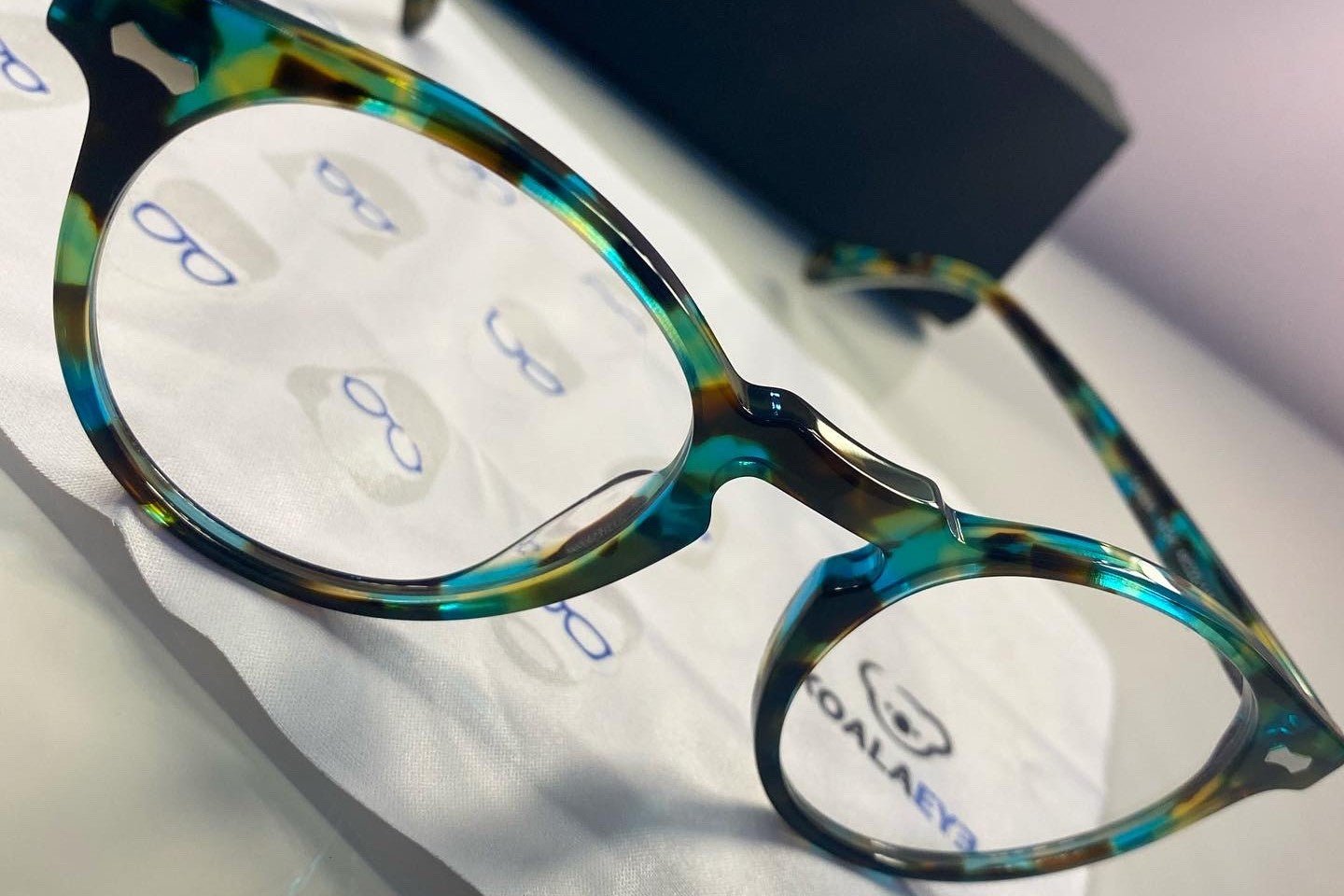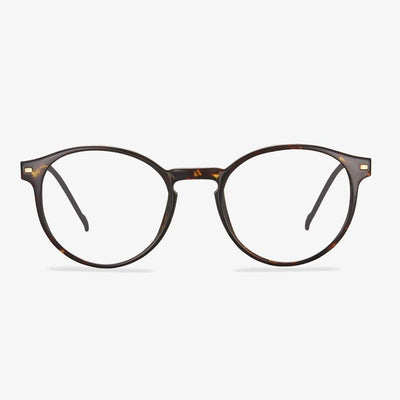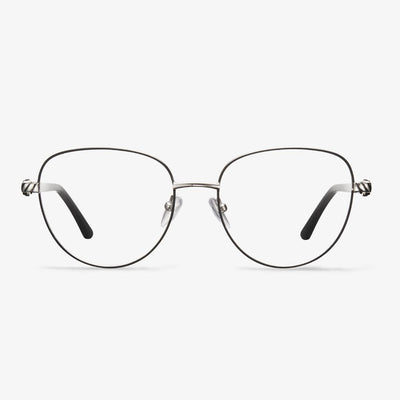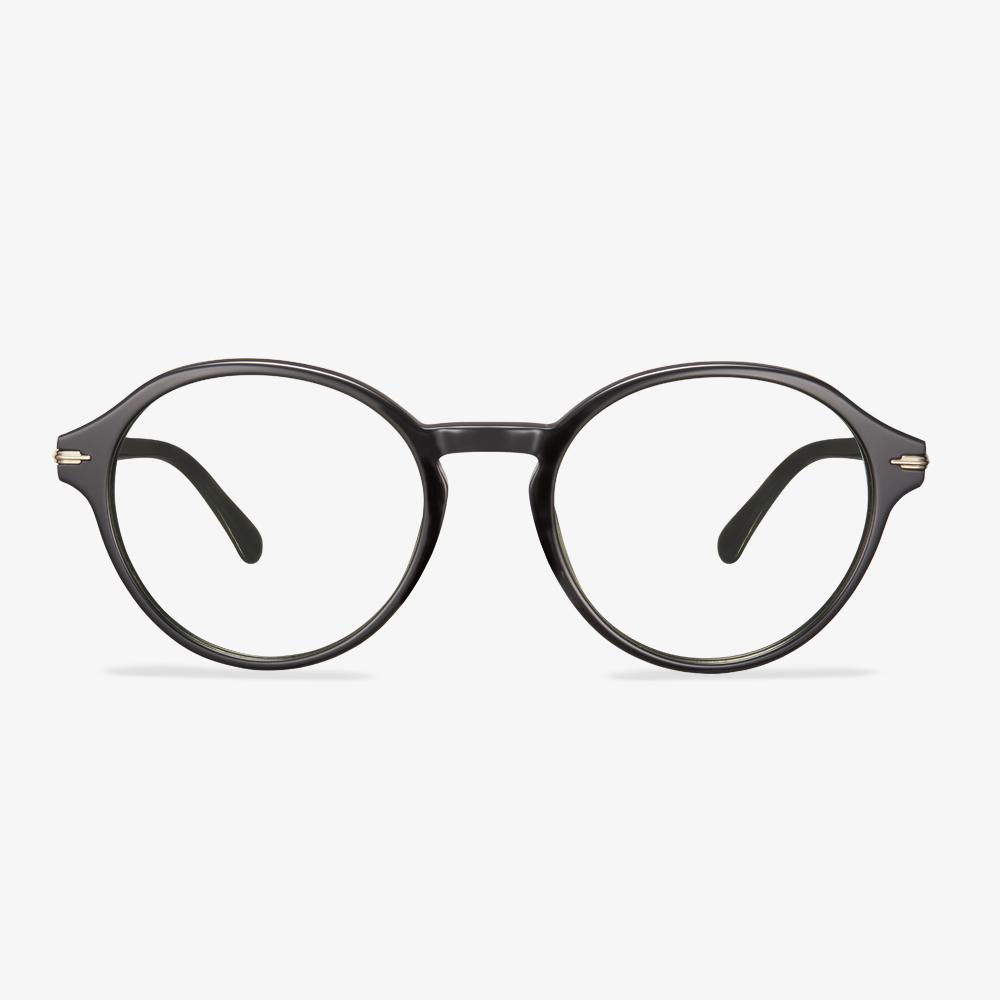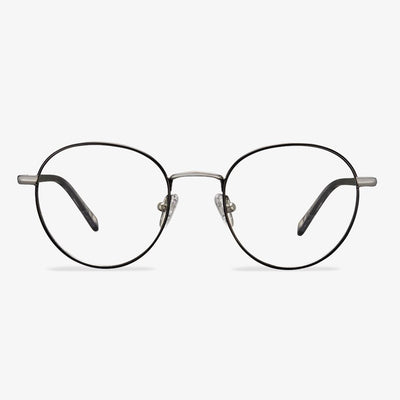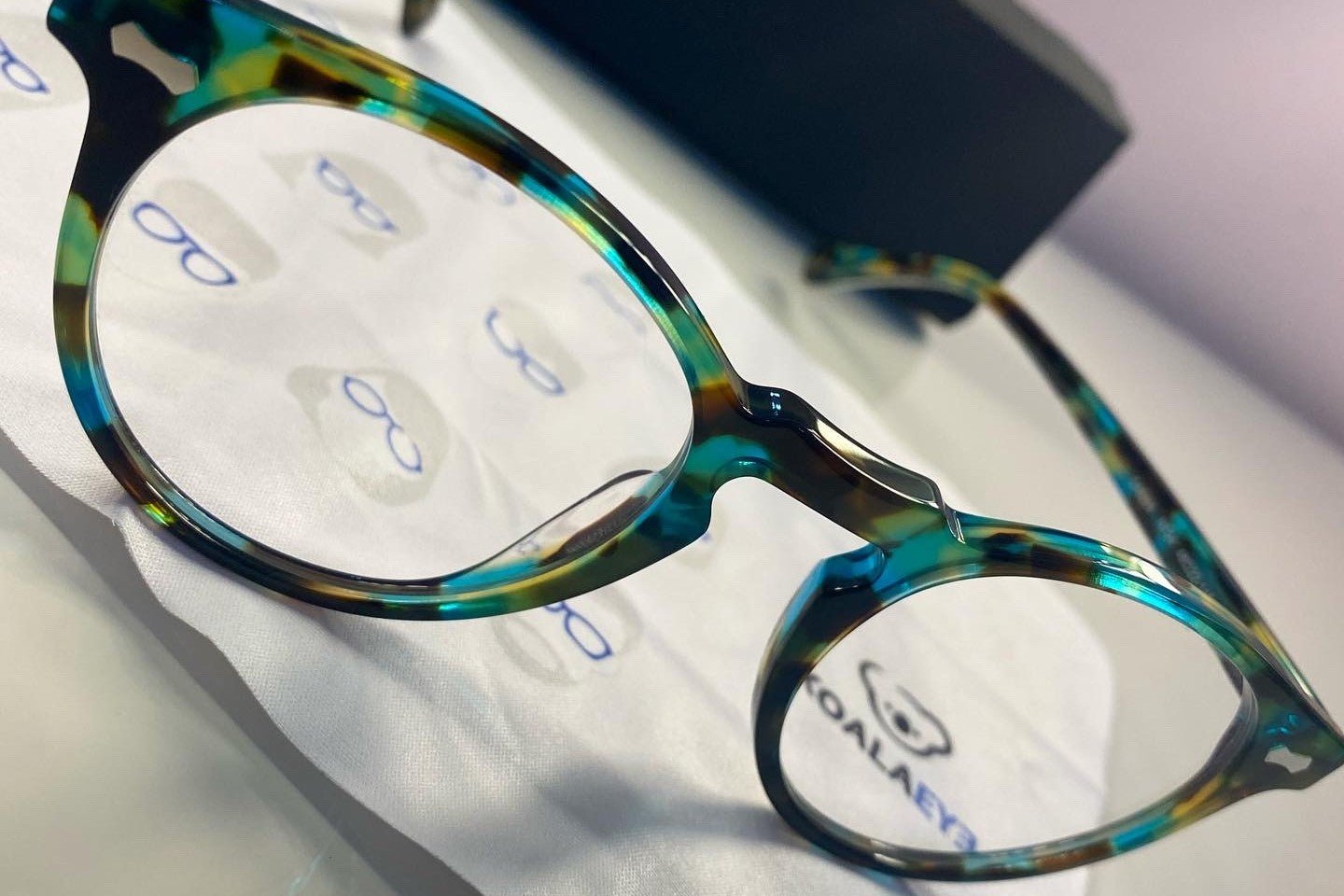Important to measure pupils
The interpupillary distance refers to the distance between the centers of the two pupils when the visual axis is square and parallel. In general, the optical center of the glasses should coincide with the visual axis of the eye when looking at eye level. That is, the optical center distance of the glasses should be the same as the interpupillary distance. Otherwise, visual discomfort will occur, causing visual fatigue and deepening the degree. Therefore, we must improve consumers' awareness of self-quality protection. Understand the knowledge of glasses, otherwise, only mild myopia, the long-term wearing of unqualified glasses will cause the degree to deepen and become high myopia. So be sure to go to a regular optician to get glasses.
How Do Progressive Lenses Work?
So, how do progressive glasses work? Progressive lenses allow you to see at all distances with one pair of glasses. They start with your distance prescriptions at the top of the lens and increase as you move toward the bottom of the lens. You can move your head position to allow you to focus through different areas of the lens.
Move your head upwards to see something in the distance, and hold it straight for intermediate or arm’s length vision and down for near vision for objects that are close up. Apart from the aesthetic improvement of the lens without the line segments, progressive lenses avoid the visual discontinuity or image-jump when your eyes shift from one zone to the other in non-progressive multifocals.
Can you get prescription glasses for night driving?
It is recommended to choose prescription night driving glasses with an anti-reflective coating.When you're driving at night, you'll encounter several bright light sources, including the car's headlights, taillights, and street lights. These light sources can be a distraction for any driver, but especially for those with eye problems. The light reflected from these light sources can cause these drivers to temporarily lose sight of the road, which can lead to many unfortunate situations. As a result, the anti-reflective coating protects your eyes from nighttime brightness and daytime UV damage. The coating on the glass prevents the reflection of these light sources, allowing you to better focus on what's happening in front of your car. Meanwhile, prescription glasses with an anti-reflective coating can reduce glare and improve vision. Whatever prescription glasses you choose for night driving, make sure they have an anti-reflective coating.
5 Unbreakable Eyeglasses Frames
In this section, we will list the most durable eyeglasses frames and we will introduce them one by one.
Titanium: One of the most durable eyeglasses frames is the titanium eyeglasses frames. It is lightweight, strong, and flexible. So, titanium eyeglasses frames have lots of fans in the eyeglasses market. In addition, pure titanium is hypoallergenic. But, due to these features, titanium eyeglasses frames are expensive than other frames.
Stainless steel: Stainless steel frames have some spring in them, which resists breakage. Stainless steel also resists corrosion, giving it a longer life. However, stainless steel eyeglasses frames may be hypoallergenic, depending on the alloys used.
Nylon: many people like athletes like nylon frames because they are flexible, lightweight and unbreakable - at least in the short run. However, nylon frames may become brittle over time, which is something to think about.
Kevlar: kevlar eyeglasses frames used in bulletproof vests can survive strong impacts, making them a good choice for contact sports and high-risk jobs. It does not have a lot of flex, limiting its applications.
Flexon: besides the above unbreakable eyeglasses frame, we will introduce another brand-name metal - Flexon. Flexon has a unique capability for springing back to its original shape after it gets twisted and they are called memory metal.
How to Combat the Photophobia?
Photophobia can’t be completely prevented, but it can be managed. So, you can try the following suggestions.
- Wear photophobia glasses, computer glasses, or glasses for light sensitivity.
- Choose natural lighting for indoor settings when possible.
- Consider vision therapy.
- Wear blue light blocking glasses.
- Seek medical attention if symptoms worsen.
So, from the above information, you can find that you can wear photophobia glasses to relieve the photophobia. What are the benefits of photophobia glasses.
About the Glasses Direct
Glasses Direct is an online professional eyewear shopping site based in the UK, with the leading online sales volume in Europe. Over the past five years, its online sales have increased by 50%, and it has had more than a million customers. Since 2004, they have been providing affordable glasses with uncompromising quality and professional service. The frames selected included big brands like Ray-Ban and Oakley and came in a variety of shapes and sizes. Its main goal is to provide a convenient option for people who need corrective glasses.
Do blue light glasses actually block blue light?
Anti-blue light glasses are still popular on the market. This kind of glasses is said to be 'anti-radiation and anti-blue light', but this kind of hot-selling anti-blue glasses has many problems. At present, such anti-blue glasses mainly block or absorb blue light through special materials, but there are two misunderstandings in its blue light protection. One is that the protection is not preventable, and the other is that the color cast caused by the wrong protection makes visual fatigue aggravated. Studies have shown that our eyes are the most intolerant of blue light in the 400nm to 440nm band. Therefore, current manufacturers mainly block blue light in this band when producing anti-blue glasses. But the electronic products that we often come into contact with nowadays produce blue light between 450 nanometers and 490 nanometers, and anti-blue glasses have almost no protection in this wavelength. Generally speaking, the blocking rate of anti-blue glasses is 20% to 30%, but now the blocking rate of anti-blue glasses on the market basically reaches 80% to 90%. This high blocking rate can also easily cause a color shift. , It is easier to make the eyes tired.
















